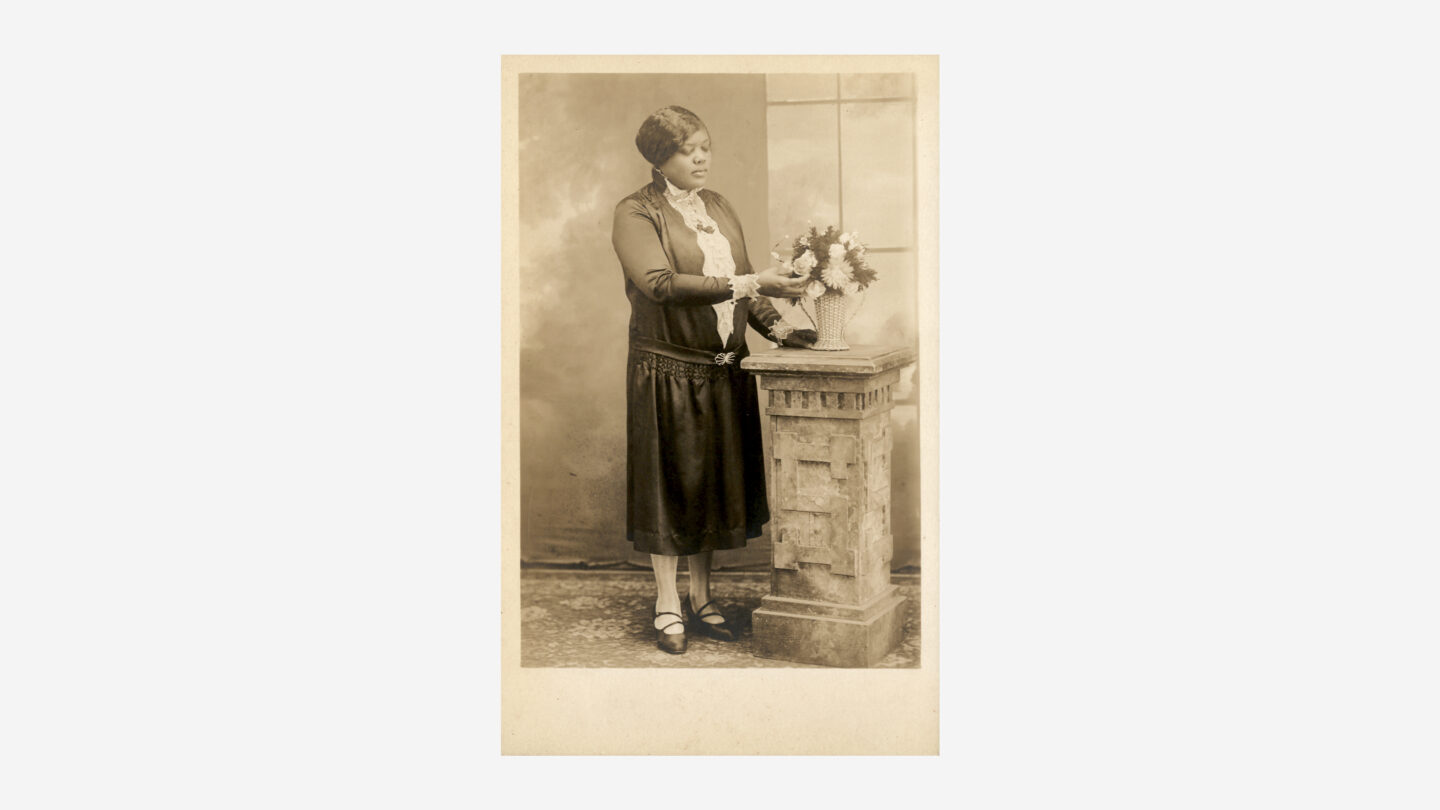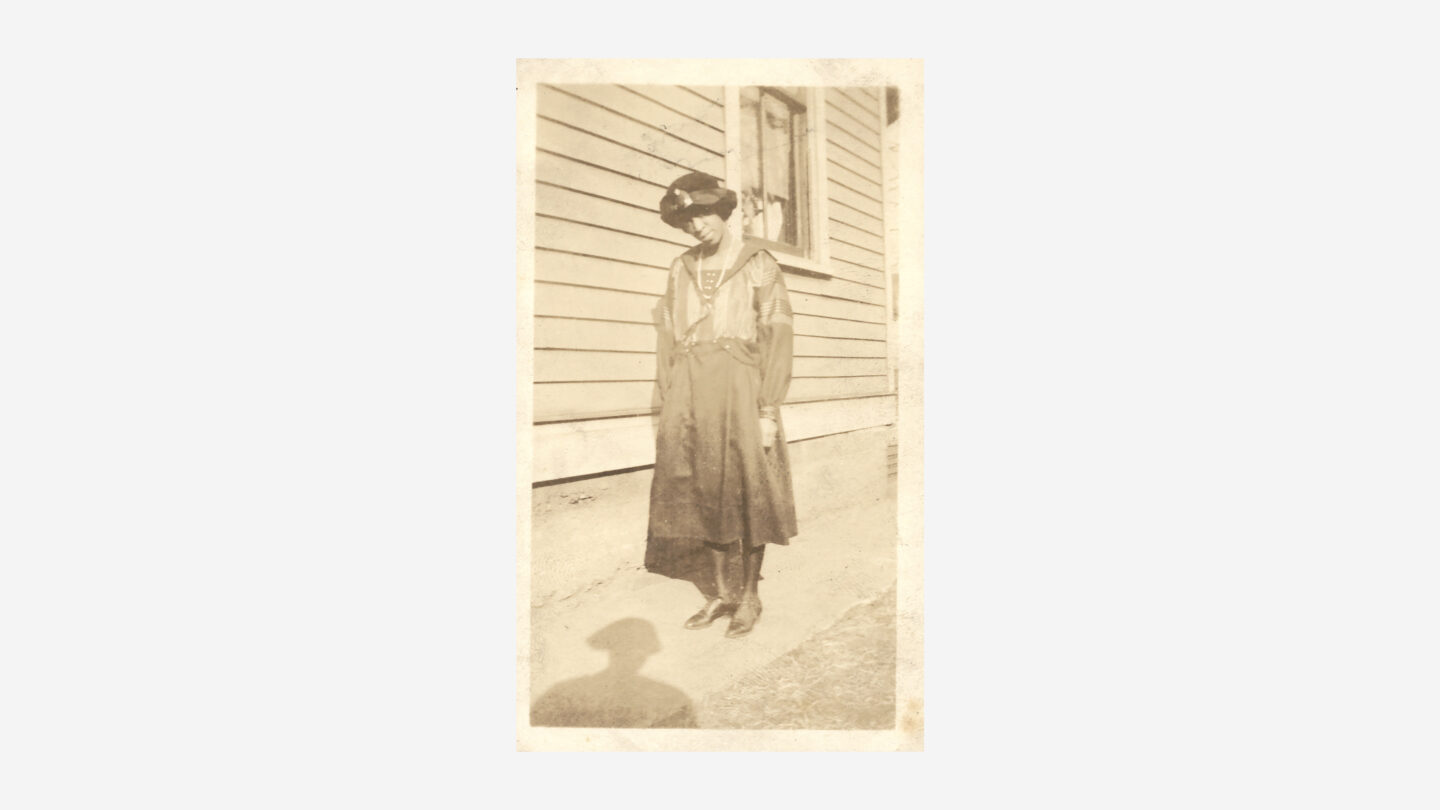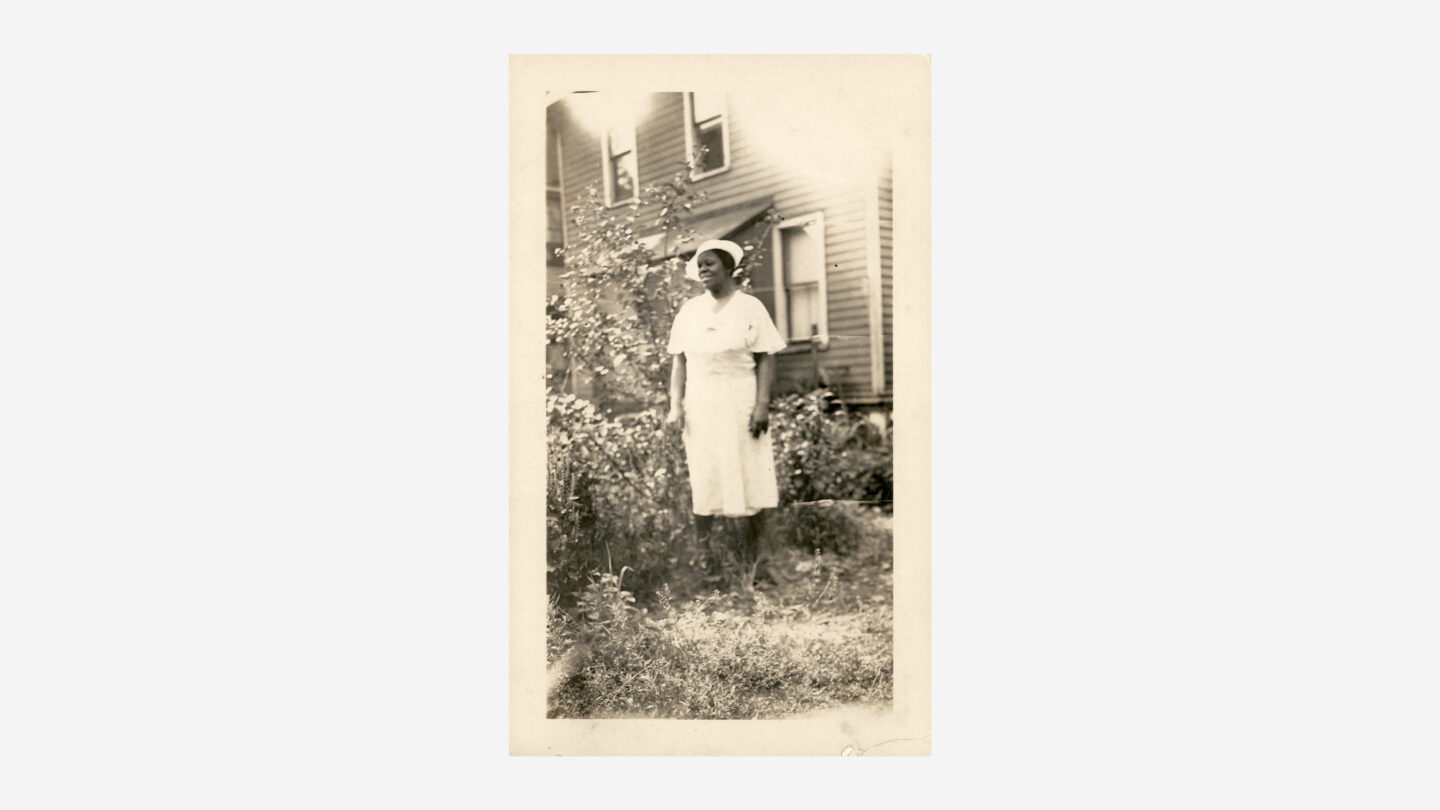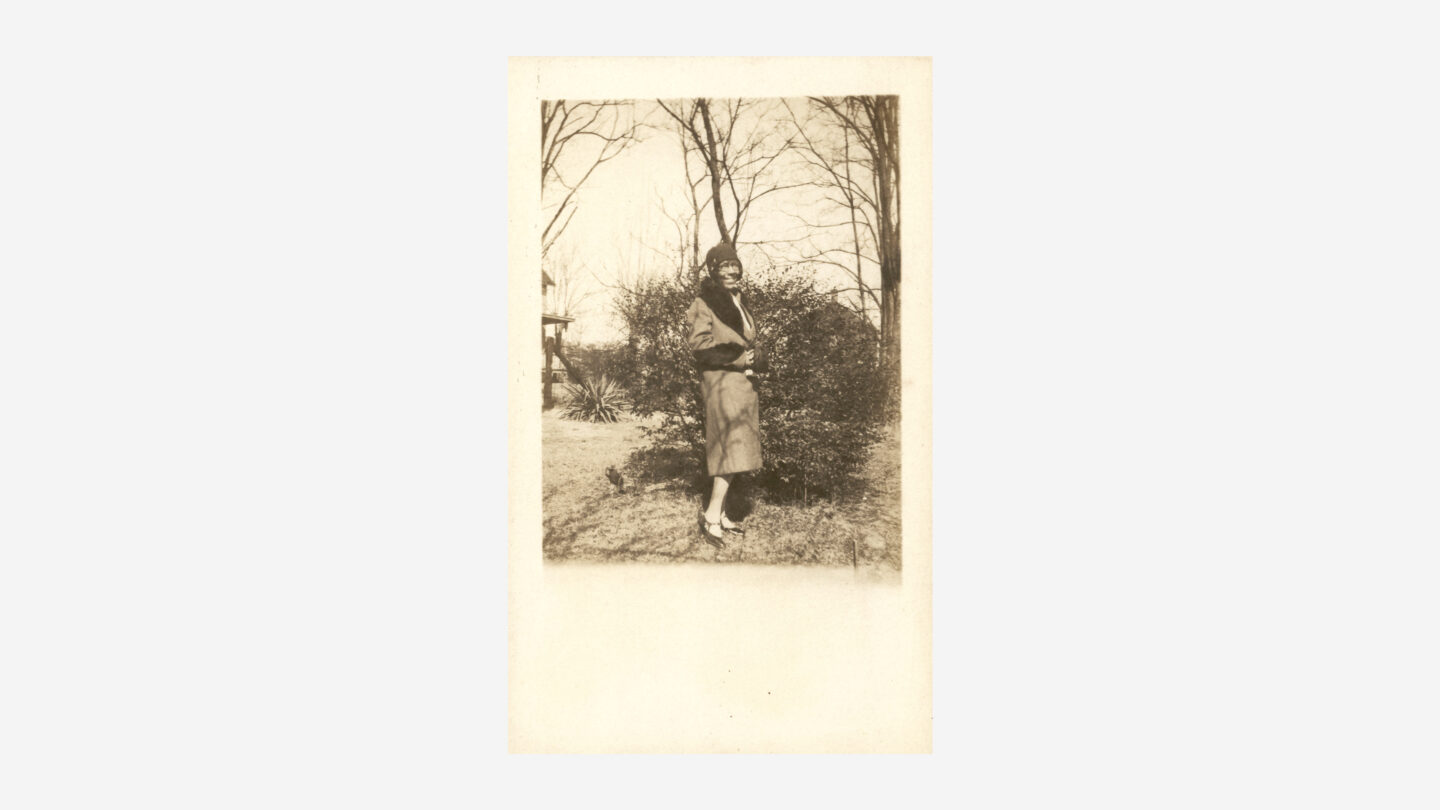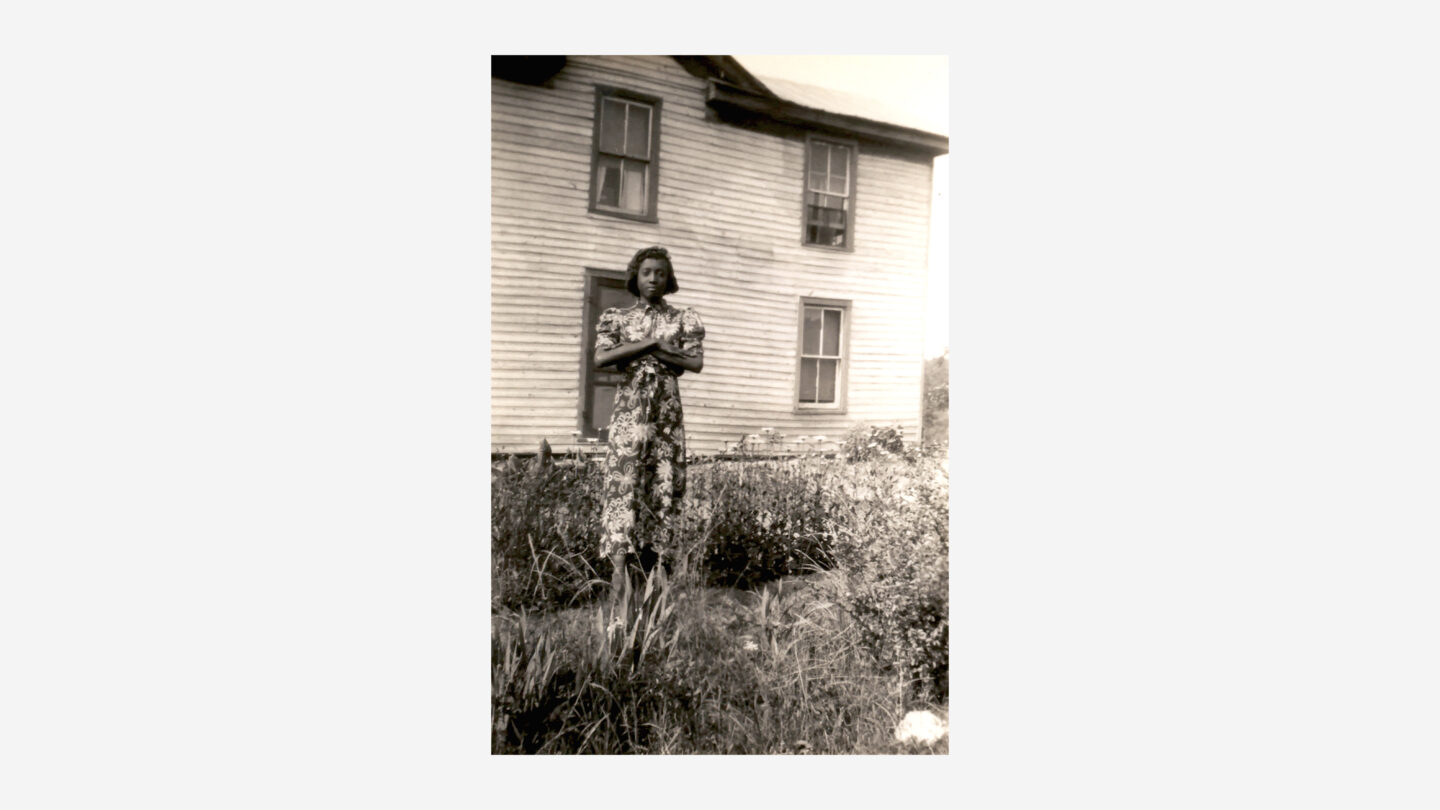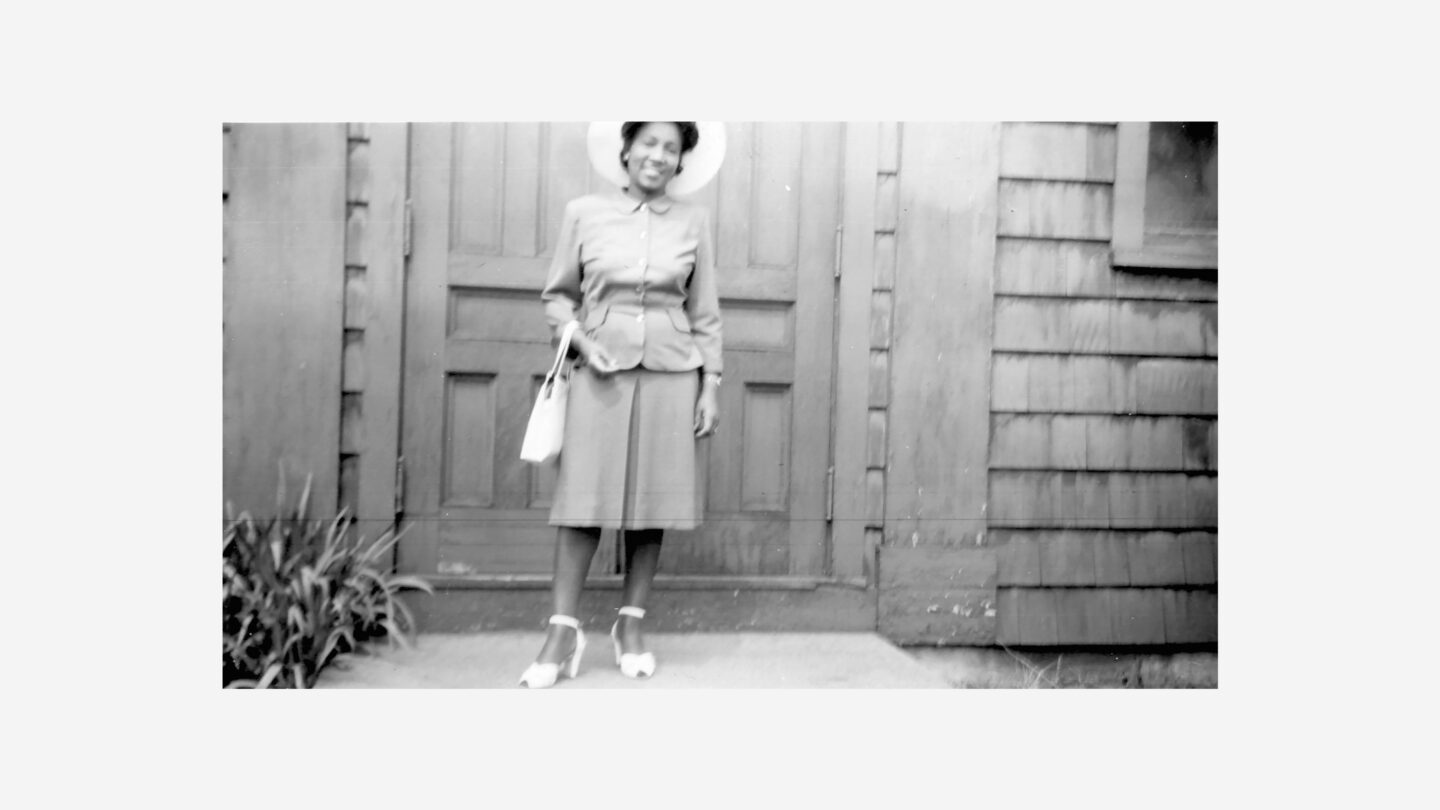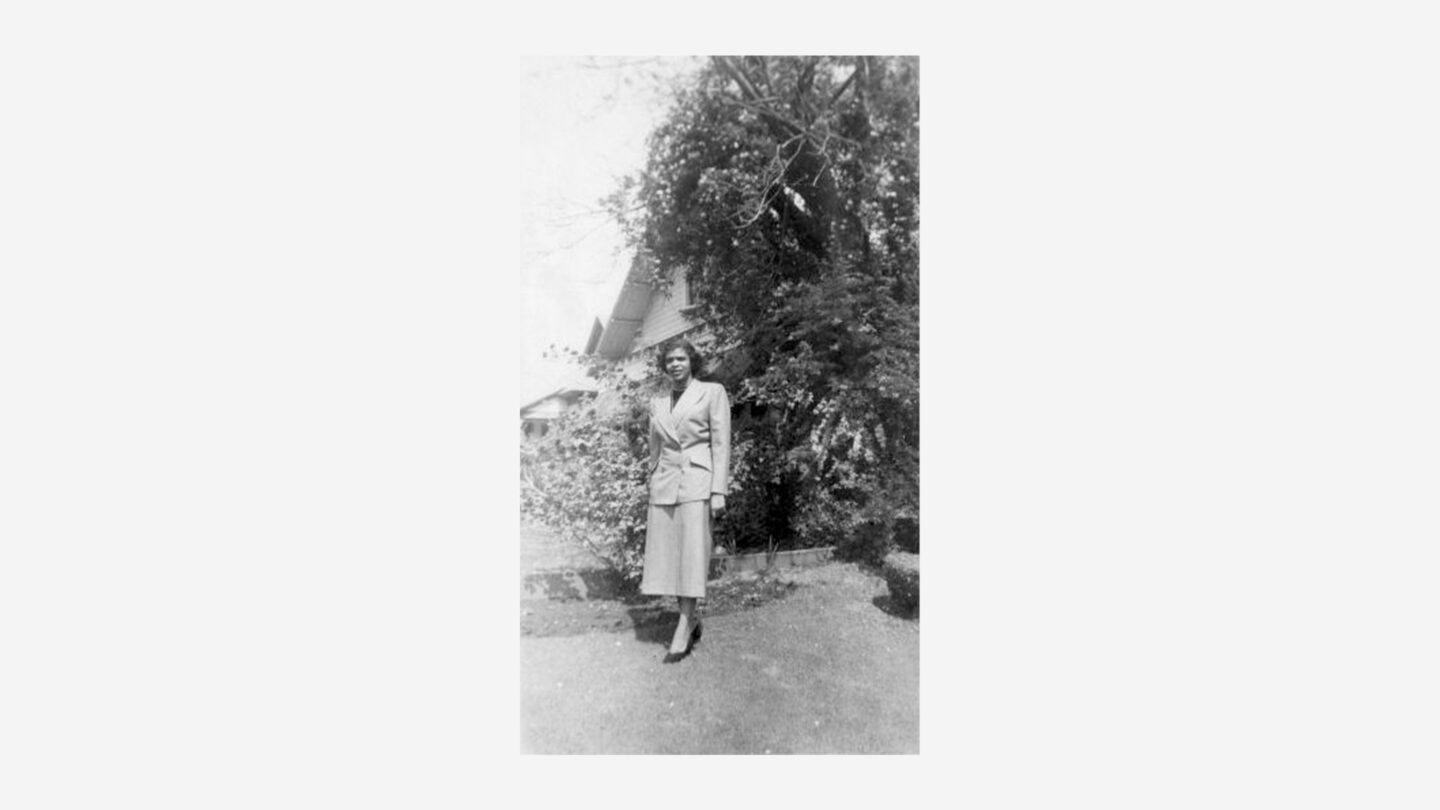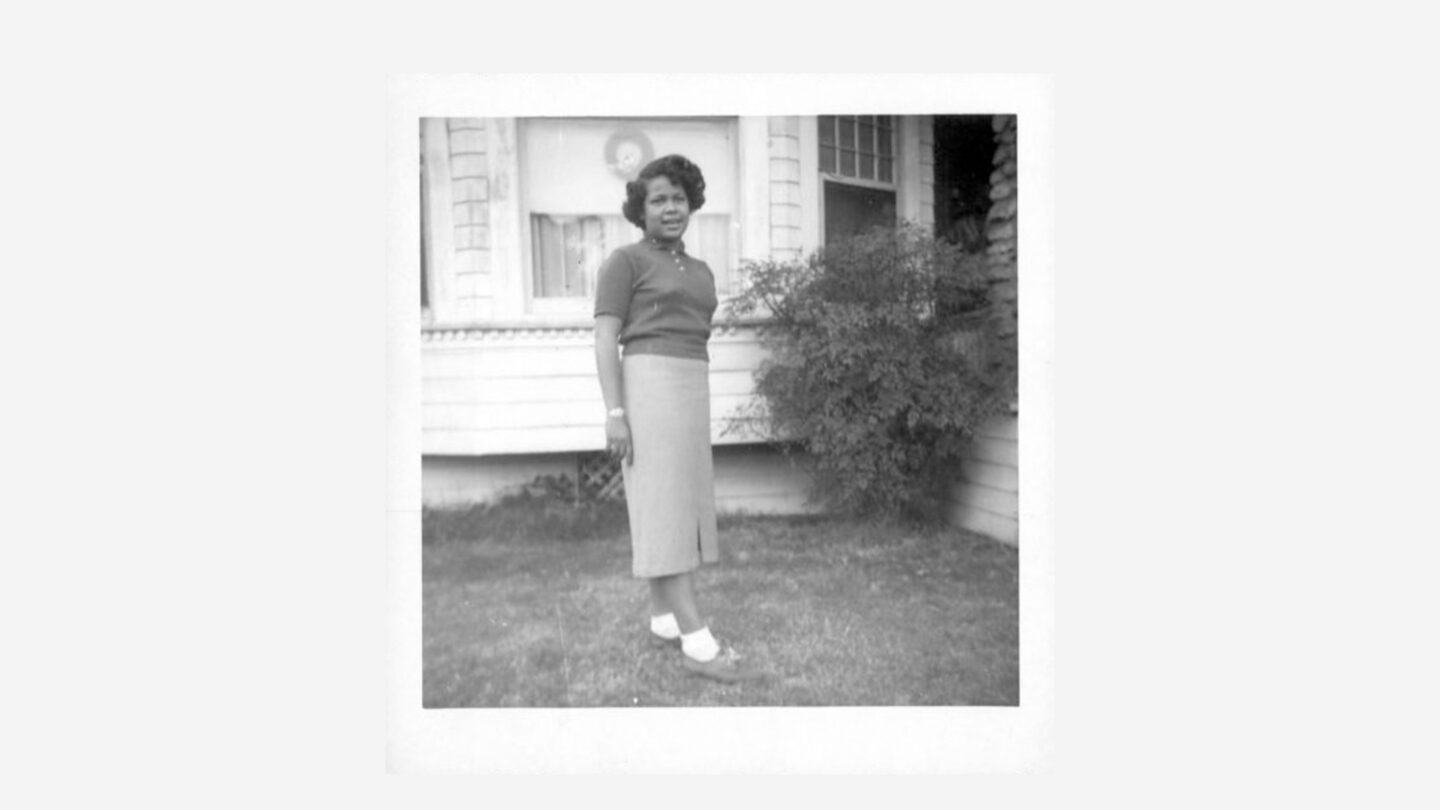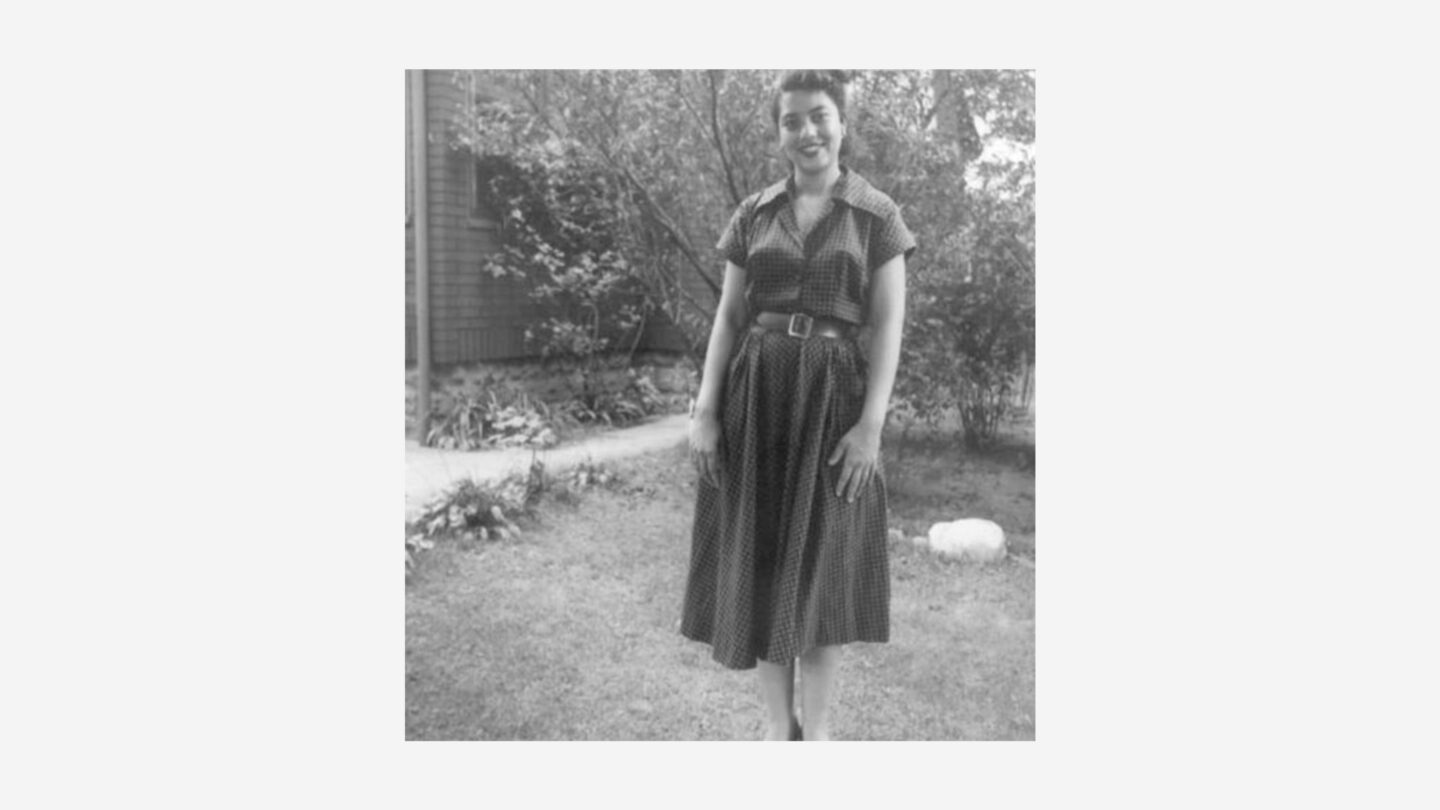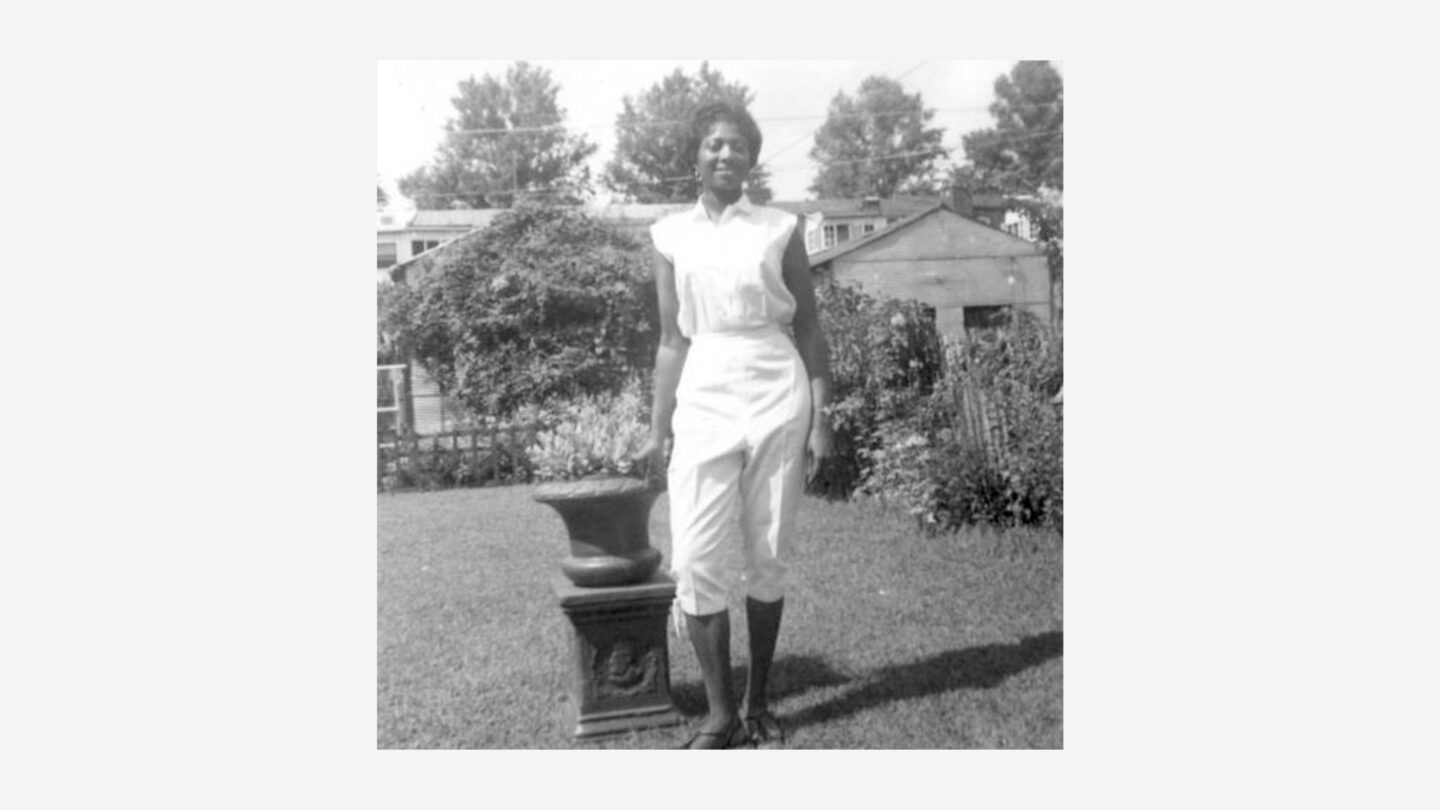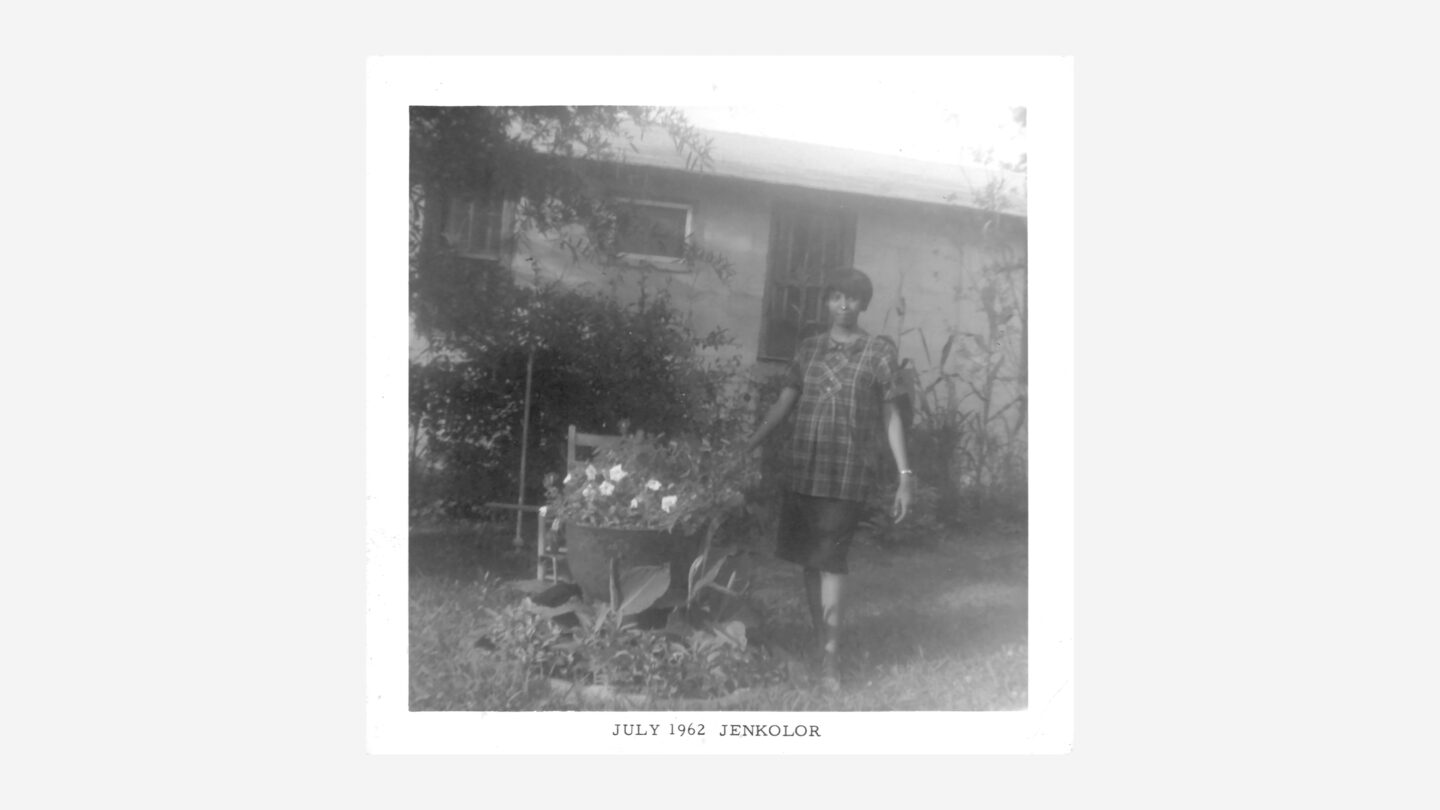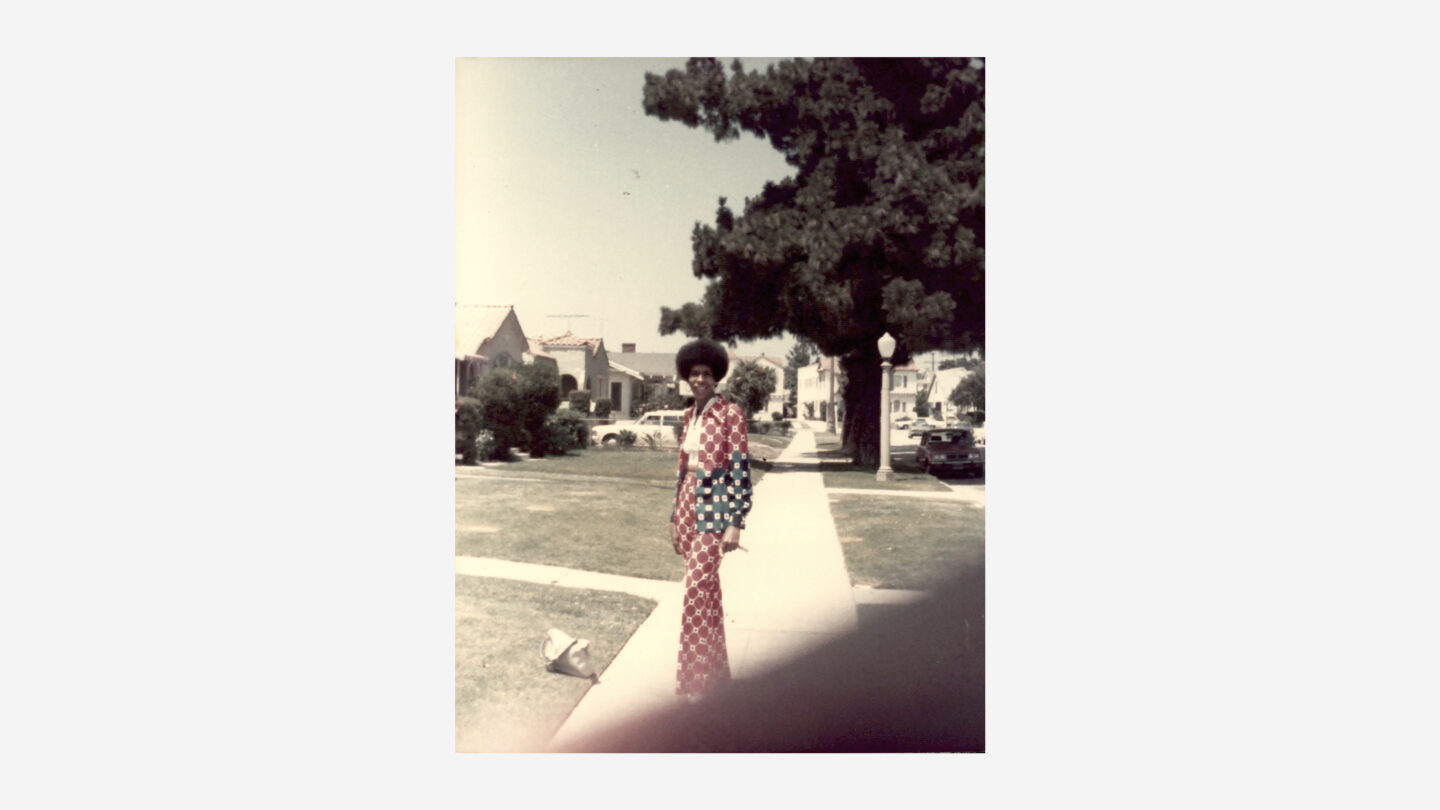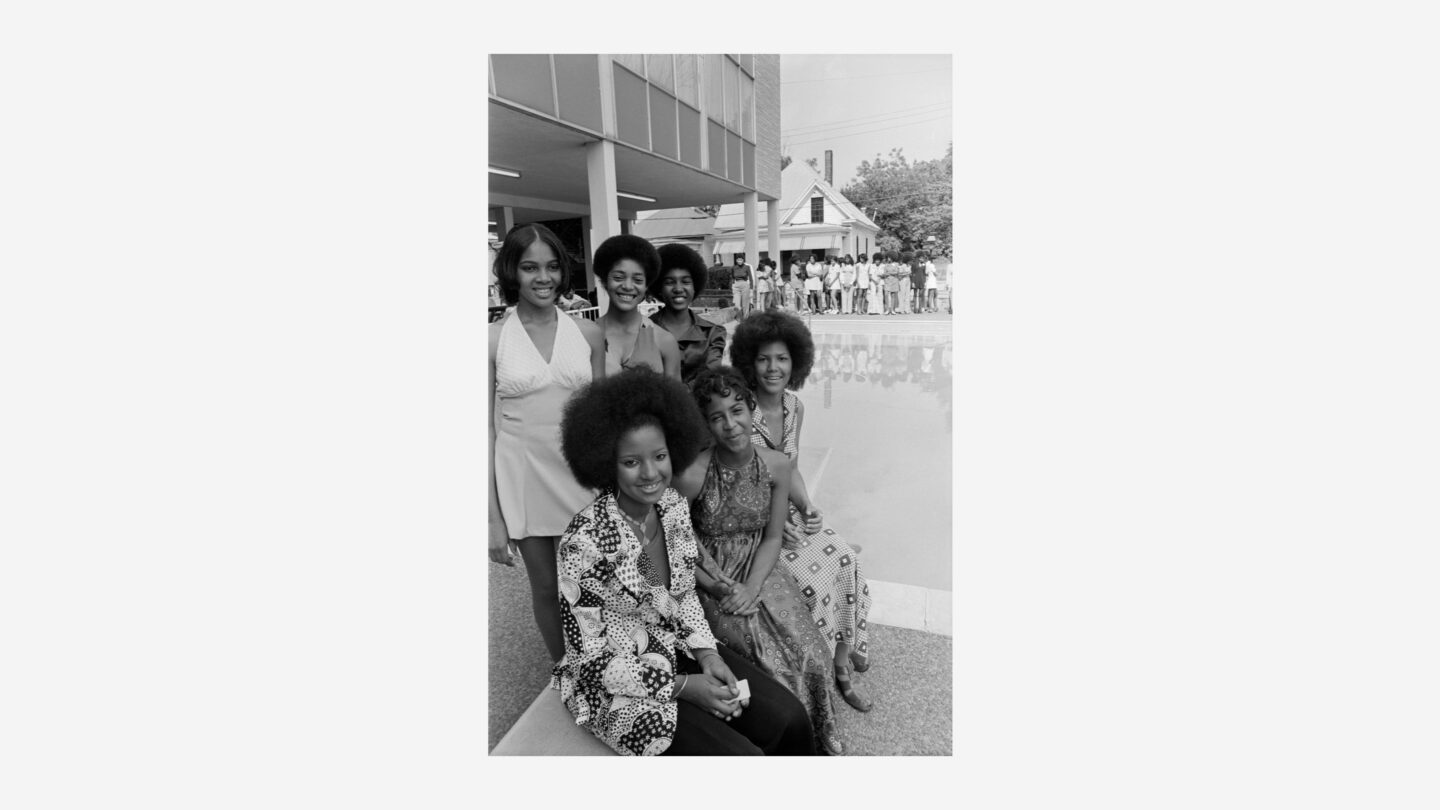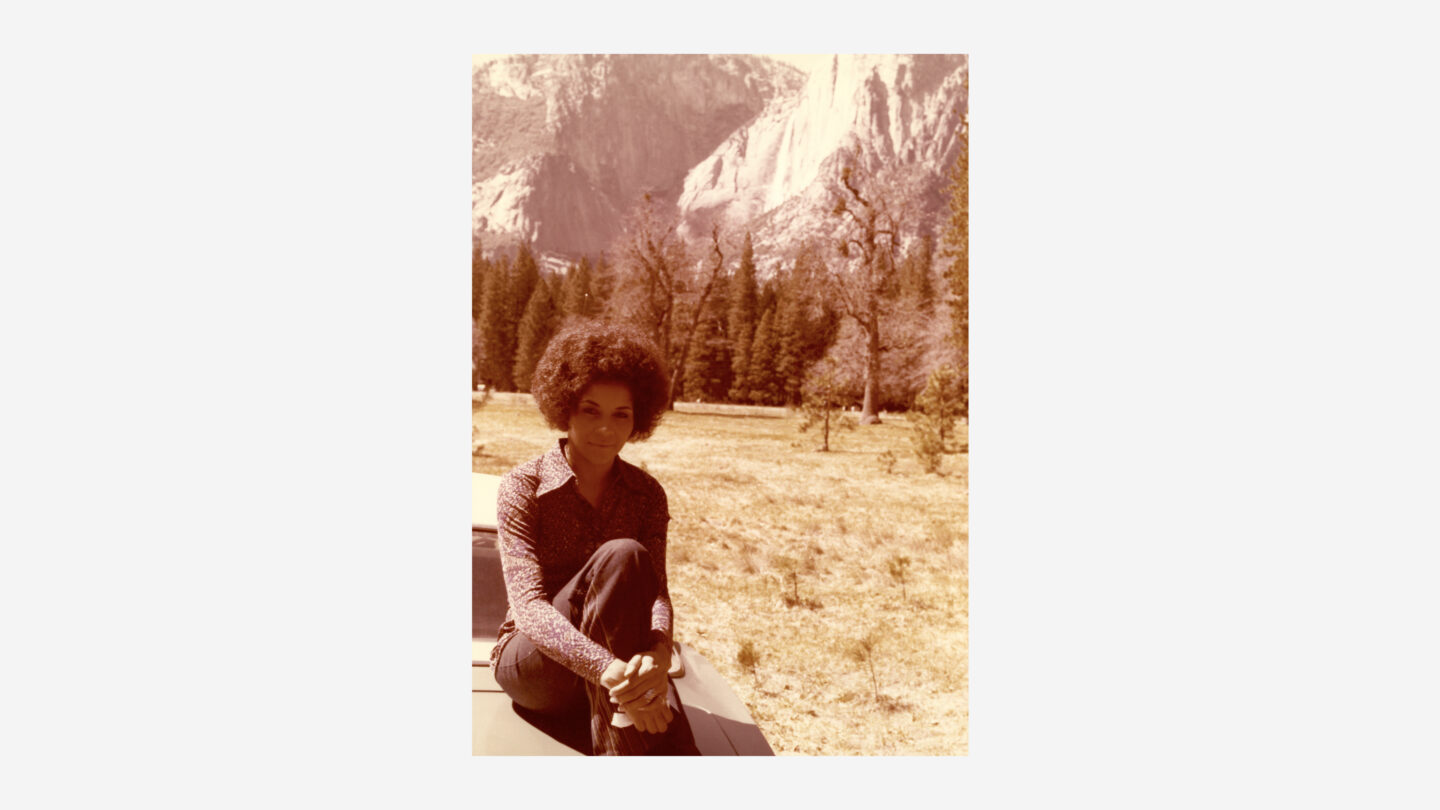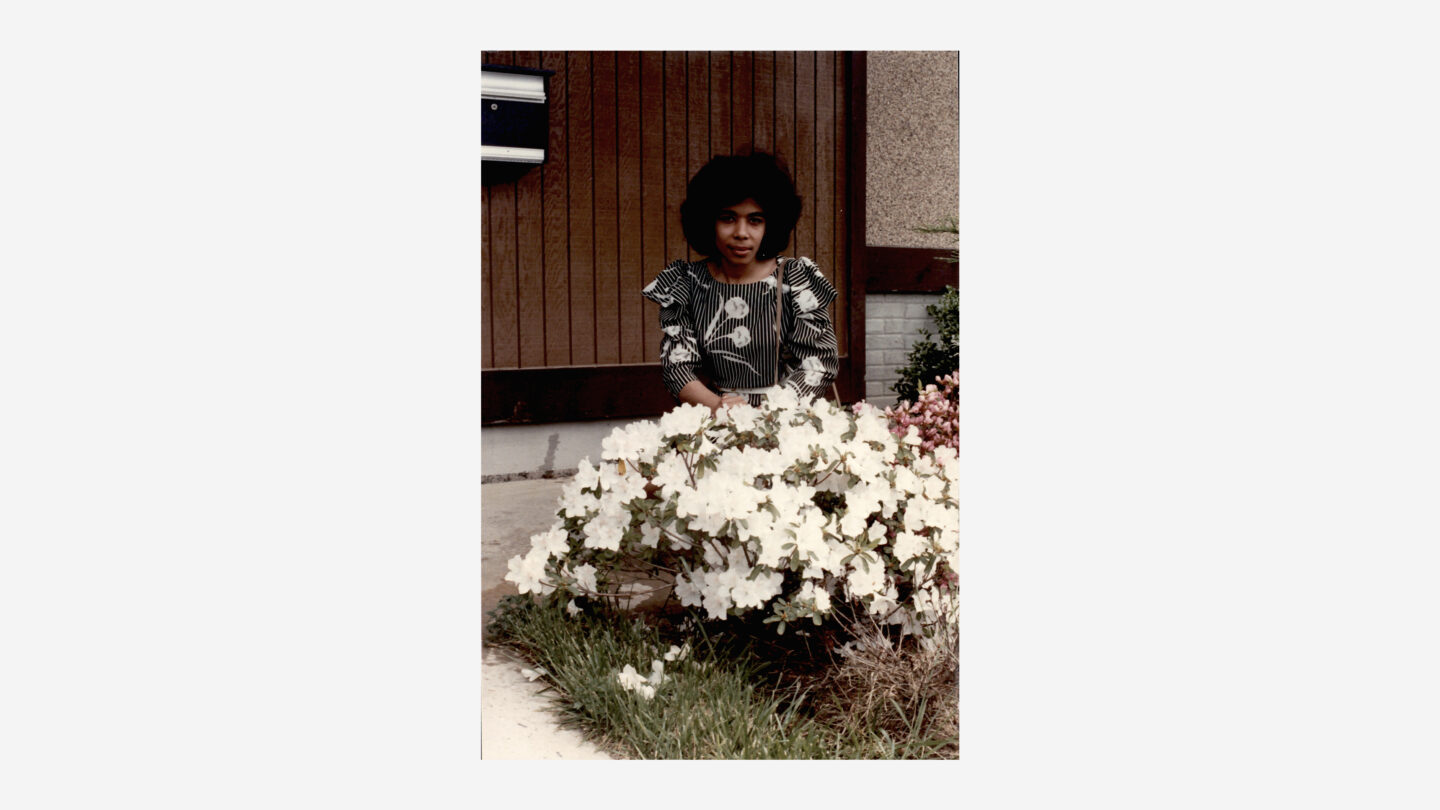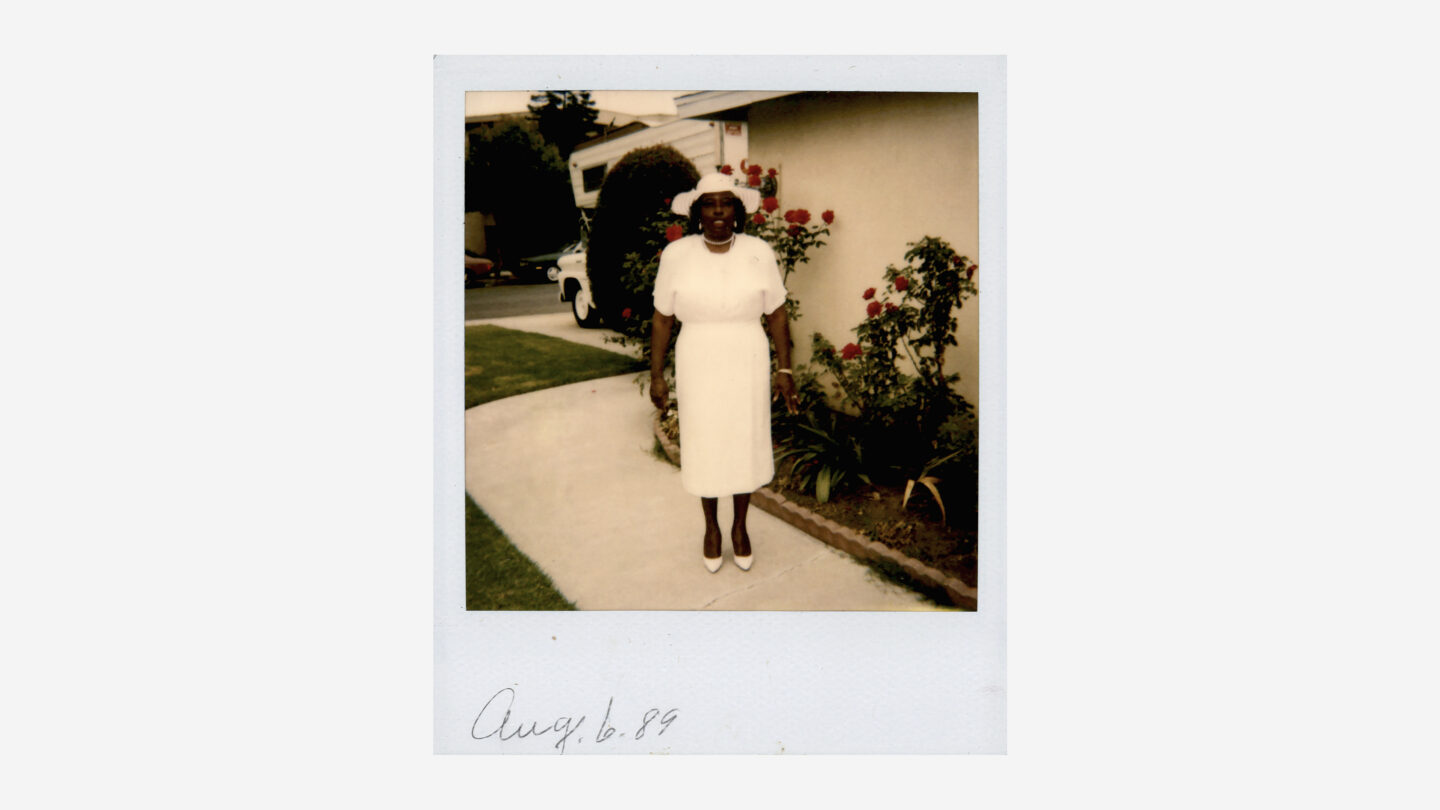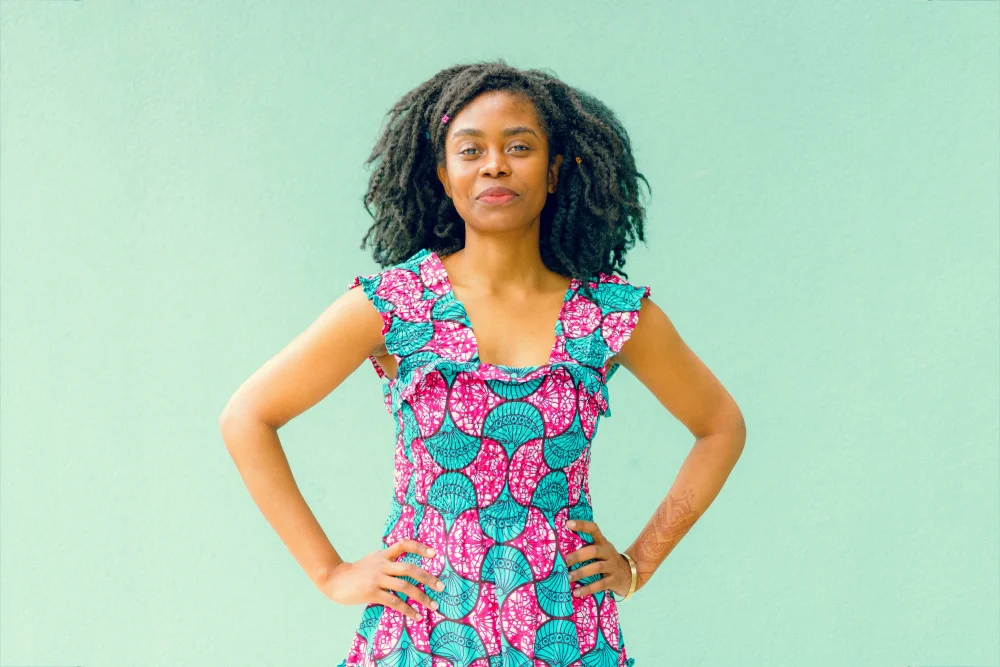Freshly pressed clothes, well-coiffed hair, and freshly polished shoes are elements of “fashion.” Using different fabrics and materials to create detailed clothing that reflects society’s trends has been a talent for centuries. Fashion is constantly evolving and each generation brings new trends. However, Black women are often ignored in discussions about new trends and creations.
In the United States, Black women’s fashion journey began during the era of enslavement, marked by forced removal of clothing that signaled individual or tribal identity and laws regulating appearance.
When given the opportunity, Black women used clothing as a form of rebellion against slavery and to express power, identity, and ancestry. This expression was often seen in head-wraps, brightly coloured fabrics, and patchwork.
Black women also demonstrated their fashion sense through their labor. Skilled in spinning, weaving, dyeing, and sewing. These skills were essential for survival and often meant that their work was worn by slaves. As seamstresses and seamstresses, black women created clothing that set trends for white society.
After emancipation, black women pursued careers in the fashion industry and wore clothes that reflected popular trends. The early 20th century saw a variety of styles emerge, including an evolution in silhouettes, lace and embellishments, changes in the length of skirts and dresses, headpieces, and a preference for simple yet elegant clothing.
In the mid-to-late 20th century, fashion trends coincided with social changes. From the 1950s through 1960s, black churches were not only the centre of the civil rights movement, but also the centre of fashion. The concept of “Sunday best” encouraged activists to wear appropriate clothing for both worship and marching. Women protested wearing dresses, skirts, and “proper shoes” to show off their dignified attitude toward clothing.
In contrast, the Black Power movement of the 1960s and 1970s encouraged black communities to reject face-oriented politics. One of the ways women embraced this ideology was through their hair. By wearing their natural hair and styling it to accentuate their curls, fashion became a symbol of protest and self-acceptance.
Fashion is constantly evolving, but what remains constant is the care, thoughtfulness and creativity woven into every seam and built into every headpiece.
Explore album to see more photos of black women dressed in their finest. Also, join the Atlanta History Center’s 2024 Martin Luther King Her Junior Day Celebration to learn more about the history of Black women in fashion. The event will feature Shintani Sumpter, associate professor of fashion design at Clark Atlanta University.


